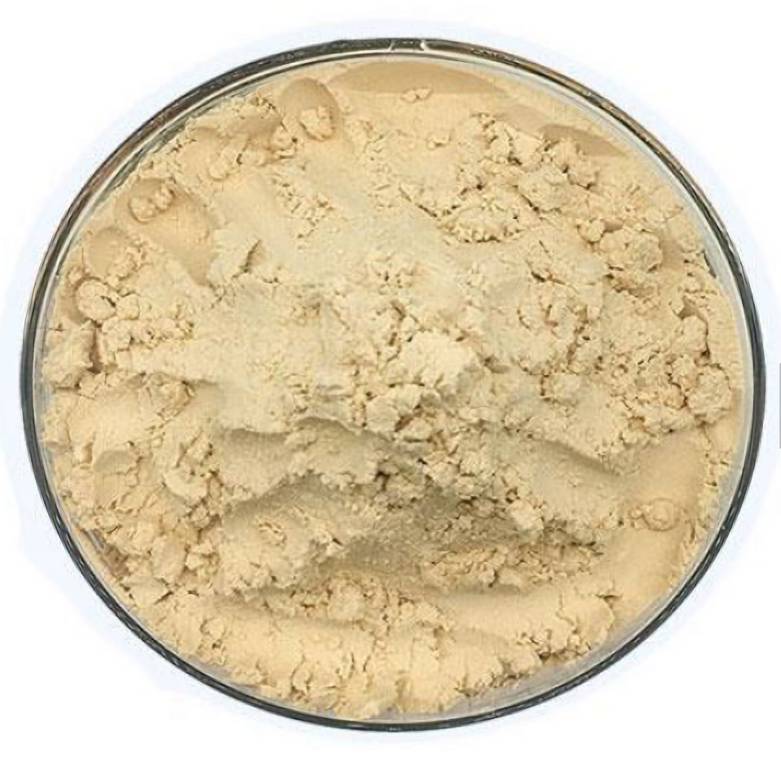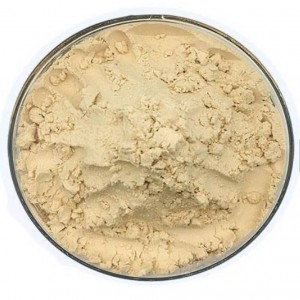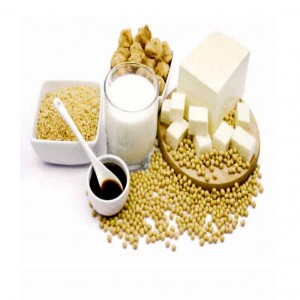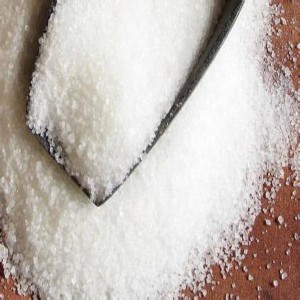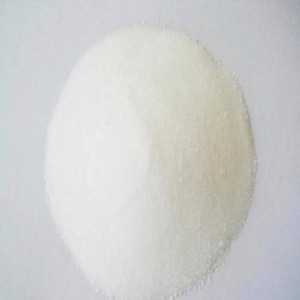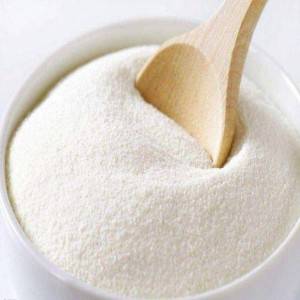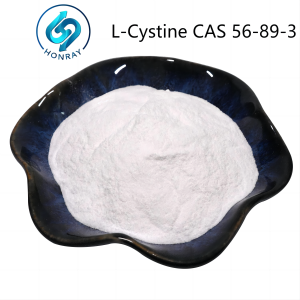Phosphatidylserine(PS) CAS NO 51446-62-9 for Food Grade
Usage:
1.Phosphatidylserine Powder,Organic Phosphatidylserine can be applied in food field, it is added into kinds of beverage,liquorand foods as functional food additive;
2. Phosphatidylserine Powder,Organic Phosphatidylserine can be applied in health product field, it is widely added into
variouskinds of health products to prevent chronic diseases or relief symptom of climacteric syndrome.
3. Phosphatidylserine Powder,Organic Phosphatidylserine can be applied in cosmeticsfield, it is widely added into the
cosmeticswith the function of delaying aging and compacting skin, thus make skin much smooth and delicate.
4. Phosphatidylserine Powder,Organic Phosphatidylserine Owning estrogenic effect and reliefing symptom of climacteric syndrome.
Phosphatidylserine powder (PS) is from the phospholipids family,which is the only one that could control the functioning of key membrane proteins.Usually it refers to a series of compounds of PS,in that the lipid-acetyl residues differs greatly in variety of product sources.Phosphatidylserine exists in all biomembranes of animals,higher plants and microbes as an important component of cellular phospholipids, for example, it makes 10-20% of total phospholipids in brains of mammals, and plays essential roles in many cellular metabolic process. Phosphatidylserine Powder,Organic Phosphatidylserine are synthesized in the body of serine compounds.
For the first time in 1942 by Jordi Folch extract and qualitative. PS consists of three parts: the hydrophilic glycerol skeleton head, two long hydrocarbon chain of lipophilic group for the tail. The head is composed of three groups: serine residues with phosphoric acid residues after C – 3 of glycerin and connectivity; Two other hydroxyl of glycerol and fatty acids respectively after into ester of the tail. Glycerin C – 2 compared with C – one of fatty acid, fatty acid chain, generally longer, and more unsaturated bond. Phosphatidylserine (PS) is a group of compounds, rather than a single component, this is due to different sources of raw materials to extract product fat acetyl residue change is very big. PS with parents, that is, it has a hydrophilic and lipophilic property. The structure determines its unique properties, the head of the negatively charged to hydrophilic (or water soluble), composed of fatty acid tail for lipotropy (or fat soluble).
PS distribution in human organs
PS distribution in human organs
Products with a white or pale yellow loose powder, can be emulsified in water. Not soluble in ethanol, methanol; Soluble in chloroform, ether and petroleum ether. Synthetics only soluble in chloroform. From bovine brain extract in room temperature, and exposed to air, the daily degeneration of about 0.5%. Natural things (L – alpha phosphatidyl serine – L -) much by cattle (sheep) brain or soybean extract, etc. Due to differences in R1 and R2, reality is a mixture of many compounds. Products such as cow brains of the R1 and R2 roughly: 16:0, about 1%; 1.8:40 0 ~ 41%; Now, 28% ~ 30%; Then, about 4%; Moreover, about 1%; Then, about 1%; Joy, about 2%; So, 9% ~ 14%. Synthetic product has a lot of isomer, complex purification process. Such as synthetic products 1, 2-2, 26 alkyl acyl – rac – glycerol – 3 – phosphate – L – serine, C38H74NO10P, molecular weight of 336.0.
Phosphatidylserine (PS) can be produced by the human use of serine synthesis, it can affect the brain chemical message passing, and help cells store and read data, is to keep the normal brain memory, reaction and the emotional health of important nutrients
Specifications
| Item | Specification | Method |
| Basic Product Information | ||
| Country of Origin | China | / |
| Marker Compounds | ||
| L-α-Phosphatidyl-L-serine | >50.0% | HPLC-ELSD |
| L-α-Phosphatidylcholine | <5.0% | HPLC-ELSD |
| Organoleptic Data | ||
| Appearance | Fine Powder | / |
| Color | Light Yellow | / |
| Odor | Characteristic | / |
| Taste | Characteristic | / |
| Physical Characteristics | ||
| Solubility | Soluble in chloroform, n-hexane, diethyl ether, Petroleum ether;Insoluble in water, ethanol, methanol. | / |
| Peroxide value | <5.0 meq/kg | GB 5009.227 |
| Particle Size | >98.0% pass 40 mesh | GB/T 5507-2008 |
| Loss on drying | <2.0% | GB 5009.3 |
| Acetone insolubility substance | >95.0% | SN/T 0802.2 |
| Solvent Residue(n-hexane)) | <25ppm | Q/GJSW 0002S-2016 |
| Heavy Metals | ||
| Total Heavy Metals | <10.0 ppm | GB 5009.74 |
| As | <2.0 ppm | GB 5009.11 |
| Pb | <2.0 ppm | GB 5009.12 |
| Cd | <0.5 ppm | GB 5009.15 |
| Hg | <0.5 ppm | GB 5009.17 |
| Microbiology | ||
| Total Plate Count | <10,000cfu/g | GB 4789.2 |
| Mold | <1,000cfu/g | GB 4789.15 |
| E. Coli | <10cfu/g | GB 4789.3 |
| Salmonella | Negative | GB 4789.4 |
| Non-GMO | ||
| Non-GMO | Conform | SN/T 1195-2003 |








